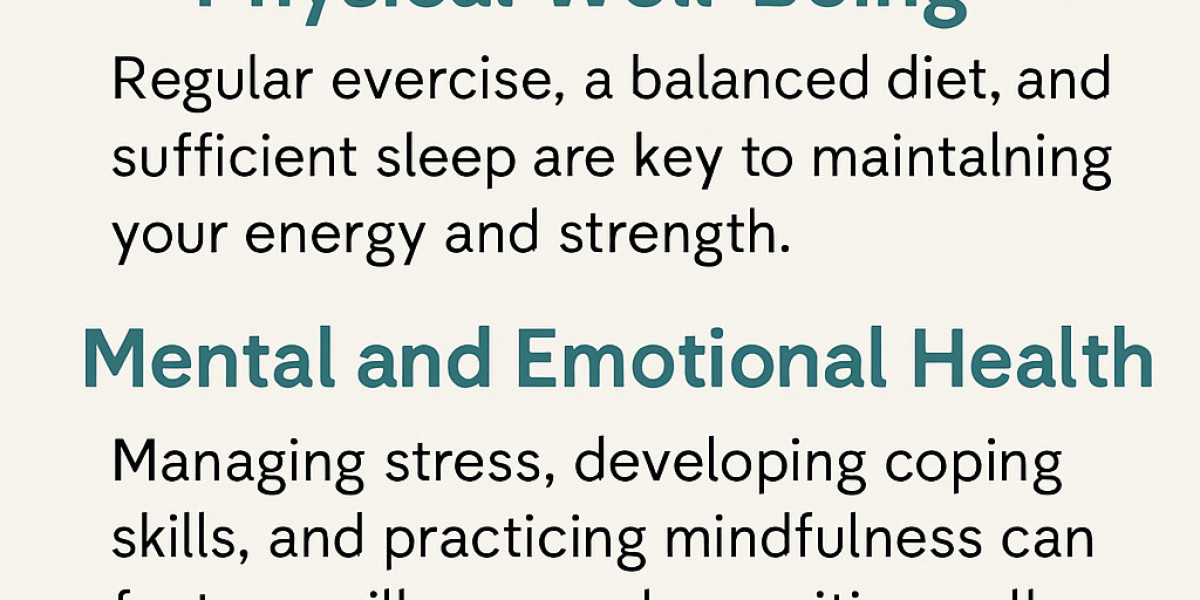Progressive safety glasses are not just a trend—they're a necessity in today’s evolving work environments. With the demand for clearer vision, improved protection, and multitasking capabilities, professionals across multiple sectors are turning toward these innovative eyewear solutions. Whether you're navigating fine machinery, working in medical fields, or balancing tasks on digital screens, progressive lens safety glasses offer a seamless experience without compromising safety.
What Are Progressive Safety Glasses?
Progressive safety glasses combine prescription lenses with protective features to offer a seamless transition between different focal distances. Unlike traditional bifocals that have visible dividing lines, progressive lenses allow smooth vision from distance to near without any lines.
They’re crafted to meet ANSI safety standards (Z87.1), ensuring users get optical precision along with shatter-resistant, high-impact frames. These are particularly beneficial for workers who need to protect their eyes while also switching focus between distant and close-up work.
Benefits of Progressive Lens Safety Glasses
No Distractions: No visible lines like bifocals.
All-In-One Solution: Replaces the need for multiple glasses.
Wide Field of Vision: Custom zones for reading, intermediate, and distance.
Eye Protection: Impact-resistant lenses safeguard against debris or chemicals.
It’s like wearing a hard hat and high-tech lens system in one sleek design.
How Do Progressive No Line Bifocal Safety Glasses Work?
Progressive no line bifocal safety glasses feature three vision zones:
Distance (top part of the lens): Perfect for looking ahead.
Intermediate (middle section): Ideal for computer screens.
Near (bottom area): Designed for reading or working up close.
The transition between these zones is smooth, offering a natural experience. There’s no abrupt image jump, unlike lined bifocals.
Prescription Progressive Safety Glasses Explained
These safety glasses cater to wearers who require custom prescription lenses. The benefits include:
Clear vision across all distances
Compliance with workplace safety standards
Reduction in digital eye strain and fatigue
For professionals who rely on precision and eye safety, custom prescription progressive glasses are essential.
Who Should Use Progressive Safety Glasses?
Progressive safety glasses are ideal for:
Electricians and machinists
Welders and mechanics
Medical practitioners and lab workers
Construction managers and site inspectors
Anyone over 40 experiencing presbyopia
Key Differences: Progressive vs Traditional Bifocals
| Feature | Progressive Glasses | Traditional Bifocals |
|---|---|---|
| Visual Seam | Seamless | Distinct line |
| Aesthetics | More stylish | Visible aging effect |
| Comfort | More natural | Requires adjustment |
| Versatility | Three zones | Two zones |
Industries That Require Progressive Safety Glasses
Manufacturing
Oil & Gas
Automotive
Healthcare
Chemical Laboratories
Pharmaceuticals
Each environment poses unique hazards, making protective eyewear a legal and medical necessity.
Progressive Safety Glasses for Industrial Use
Industrial workers often face flying particles, UV exposure, and hazardous liquids. Progressive lens safety glasses help maintain focus during precision tasks while ensuring ANSI-level protection.
Progressive Safety Glasses for Medical Professionals
Doctors and surgeons need precision during procedures. With progressive lenses:
Reading patient charts becomes easier
Digital screen work is strain-free
Protective coatings prevent fogging during mask usage
How to Choose the Right Progressive Safety Glasses
Consider the following:
Lens material
Coating options (anti-fog, UV, anti-scratch)
Frame shape and size
Prescription accuracy
Materials Used in Progressive Lens Safety Glasses
Polycarbonate: Lightweight, shatter-resistant
Trivex: Superior optics and safety
Glass: Crisp vision but heavier and less impact-resistant
Impact Resistance and Lens Safety Ratings
Always look for:
ANSI Z87.1 marking
OSHA compliance
CSA certifications (for Canada)
These labels ensure that your glasses can withstand high-velocity impacts and heavy debris.
Anti-Fog and Anti-Scratch Technologies
Modern safety glasses now come equipped with:
Hydrophobic coatings
Double-layer fog shields
Scratch-resistant layers
These help maintain vision clarity in humid or fast-paced environments.
UV Protection in Progressive Safety Eyewear
Extended outdoor exposure can lead to cataracts. UV coatings block 99.9% of UVA and UVB rays—essential for outdoor workers.
Are Progressive No Line Bifocals Worth It?
Yes, especially for aging professionals who need multiple vision zones in one lens without aesthetic compromise. Though slightly pricier, the comfort and convenience far outweigh the cost.
Common Challenges with Progressive Lenses
Initial disorientation
Narrow reading zone
Head movement needed for proper focus
Adaptation takes a week or two, but with the right guidance, the transition is smooth.
How to Get Used to Progressive Safety Glasses
Wear them consistently
Move your head, not just your eyes
Avoid switching between old and new glasses
Within days, most users adapt and never look back.
Custom Prescription Progressive Glasses
Tailored to your visual profile and work environment, these lenses offer:
Enhanced clarity
Better adaptation
Personalized fit
Style Meets Function: Fashionable Progressive Safety Glasses
Today’s options are no longer bulky or ugly. Sleek frames, color choices, and designer styles mean you don’t have to sacrifice fashion for function.
Best Brands Offering Progressive Safety Eyewear
Wiley X
Pentax
3M
Guardian
Uvex
Explore Safety Eye Glasses for top-rated options.
Progressive Safety Glasses with Side Shields
Side shields protect against side impacts, splashes, and peripheral hazards—perfect for jobs in labs or construction.
Cleaning and Maintenance Tips
Use microfiber cloths
Avoid ammonia-based cleaners
Store in a protective case
Rinse before wiping to avoid scratching
Cost Analysis of Progressive Safety Glasses
Pricing ranges from $100 to $300+, depending on:
Frame material
Lens technology
Prescription complexity
Invest in quality—your eyes are worth it.
Buying Online vs In-Store
Online: Better prices, larger variety
In-Store: Try before you buy, in-person fitting
Choose based on comfort and return policy.
Future of Progressive Safety Glasses
Expect:
AI-powered lens calibration
Smart safety glasses with sensors
Lighter, stronger materials
Enhanced anti-fog and AR coatings
Conclusion
Progressive safety glasses offer the best of both worlds—crystal-clear multi-zone vision and industrial-grade eye protection. Whether you're a healthcare professional or an engineer on-site, these glasses elevate both your productivity and safety. With the right pair, you can say goodbye to switching eyewear and hello to uninterrupted clarity, comfort, and protection.
Frequently Asked Questions
What makes progressive safety glasses different from regular ones?
They combine multi-focus lenses with impact-resistant safety frames, ideal for dynamic work environments.
Are progressive no-line bifocals better than traditional bifocals?
Yes, they provide smoother transitions between vision zones without the distracting line.
How long does it take to adjust to progressive lenses?
Most people adapt within 1–2 weeks with regular use.
Can I get prescription progressive safety glasses online?
Absolutely. Websites like Safety Eye Glasses offer customizable options.
Do progressive lenses distort vision?
There's a short adaptation period, but modern designs have greatly reduced distortion.
Are anti-fog coatings necessary for progressive safety glasses?
Yes, especially if you work in humid, fast-paced, or medical environments.






